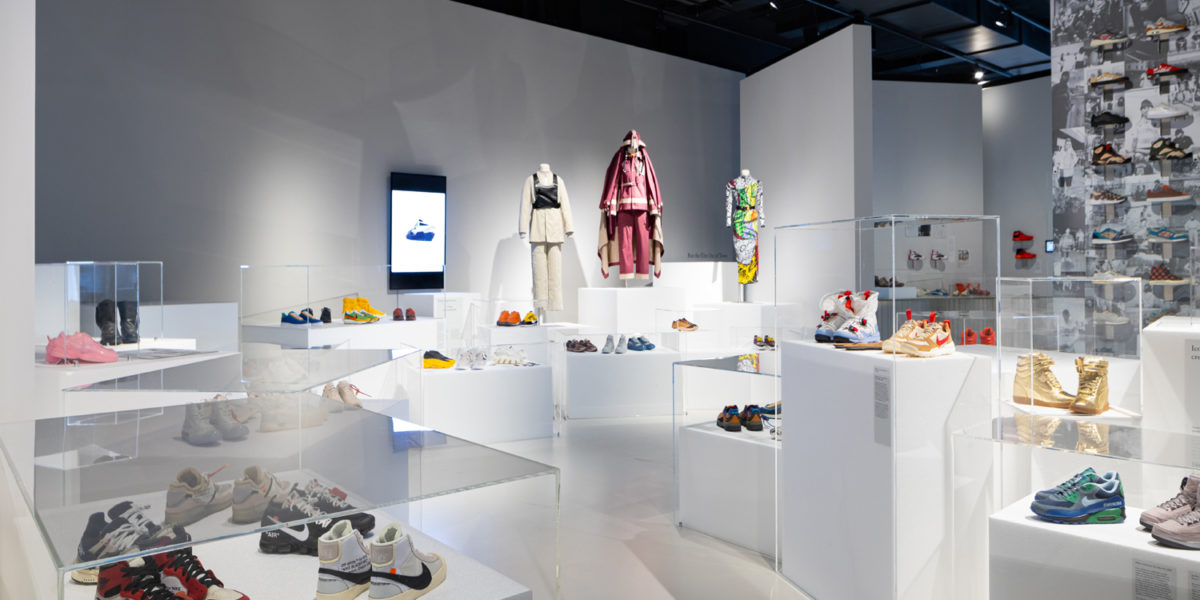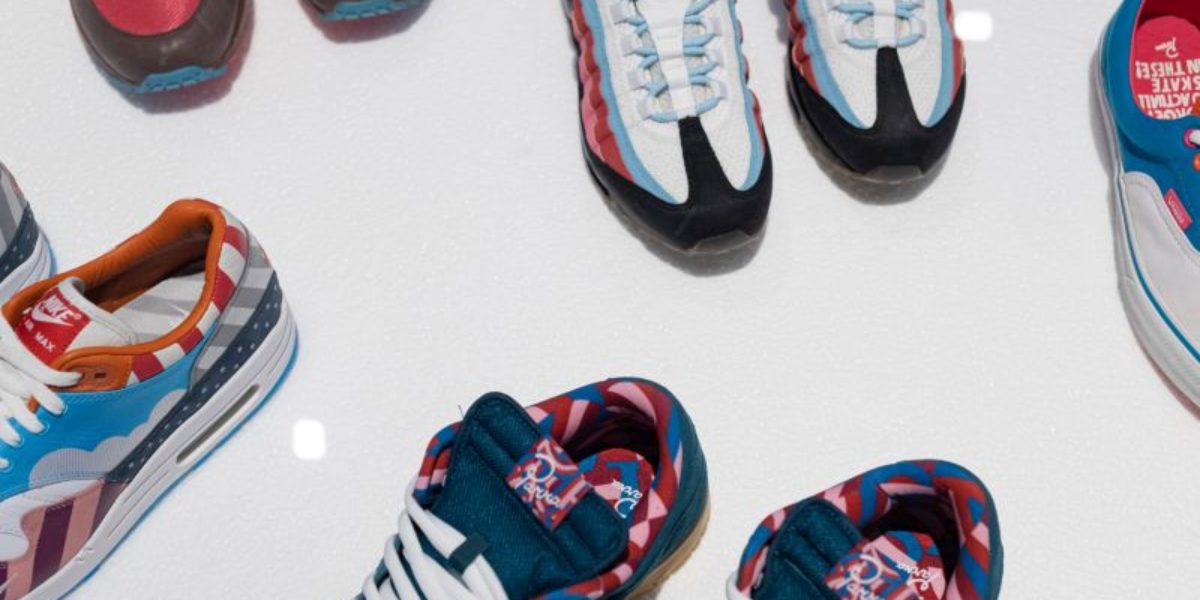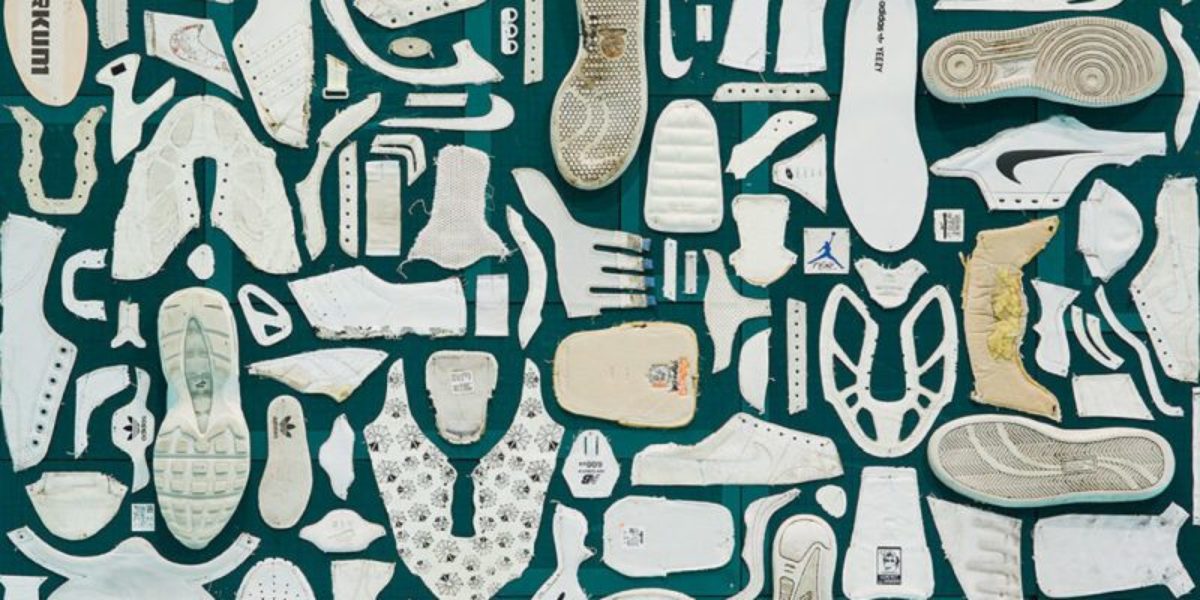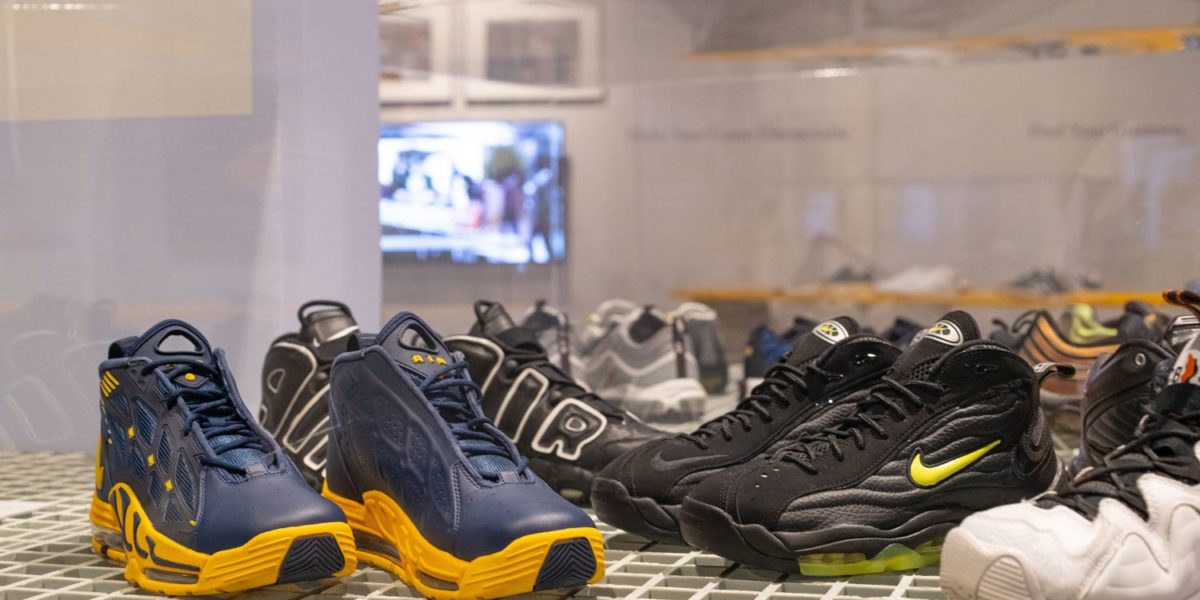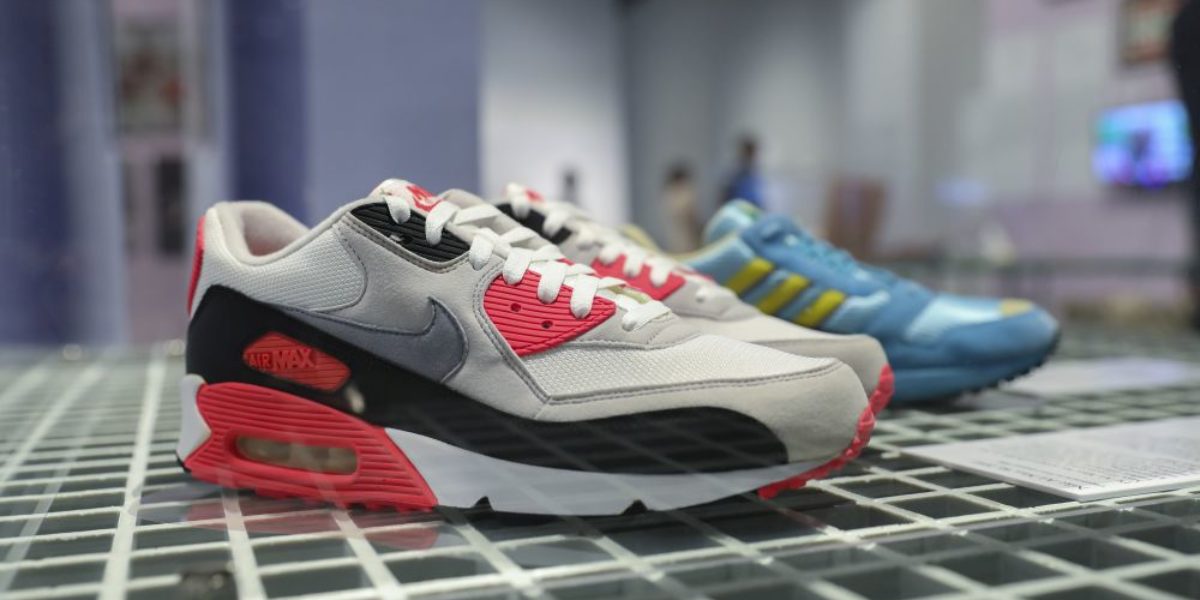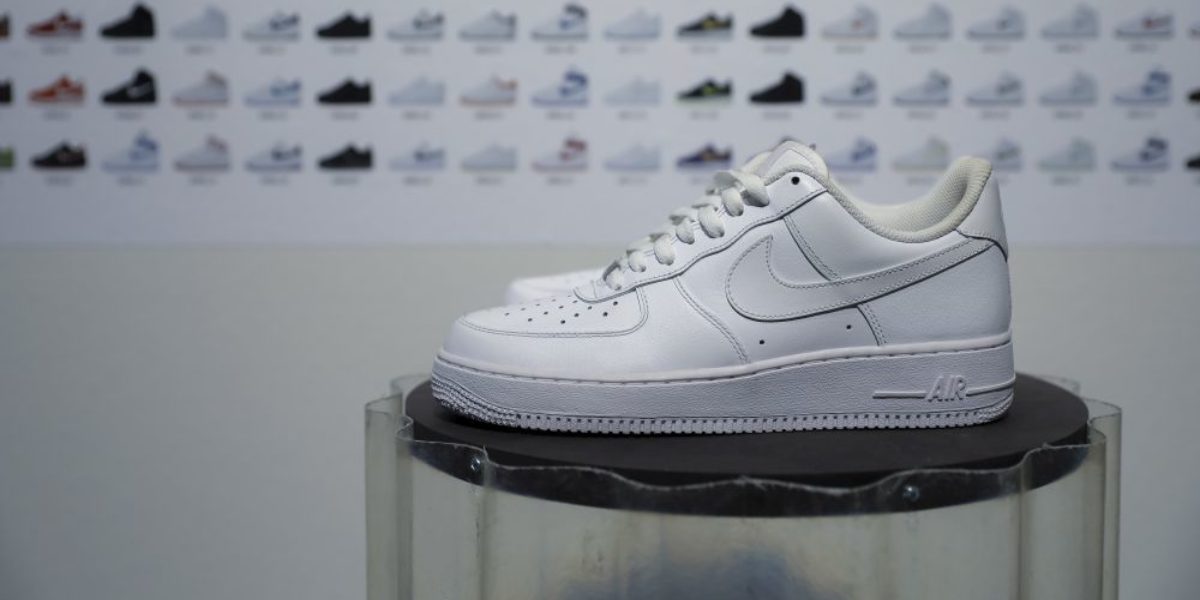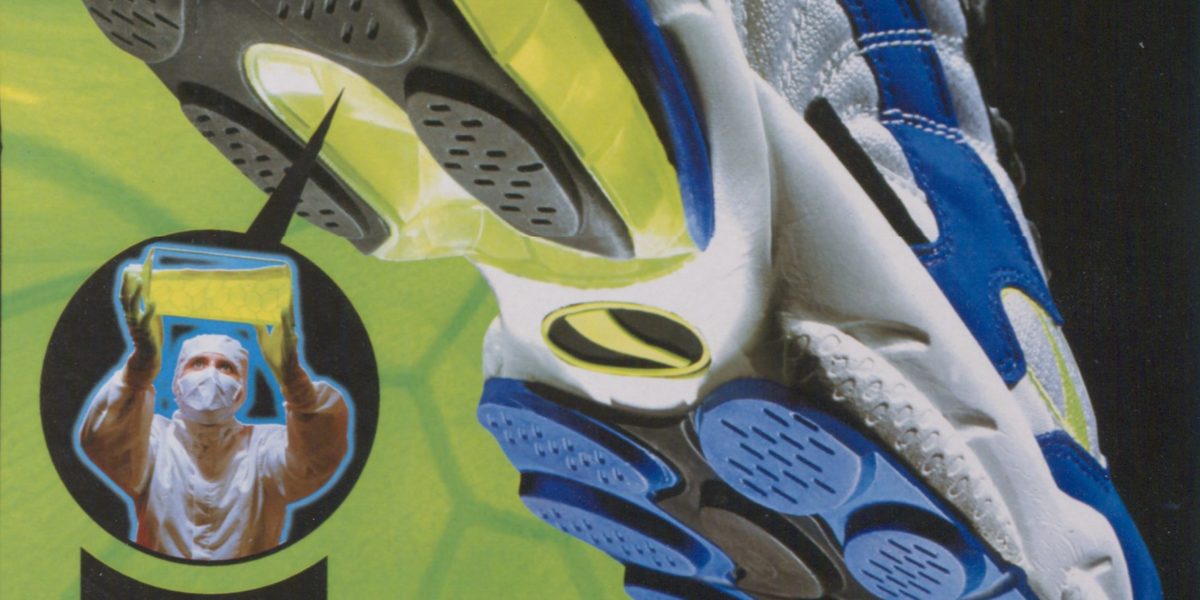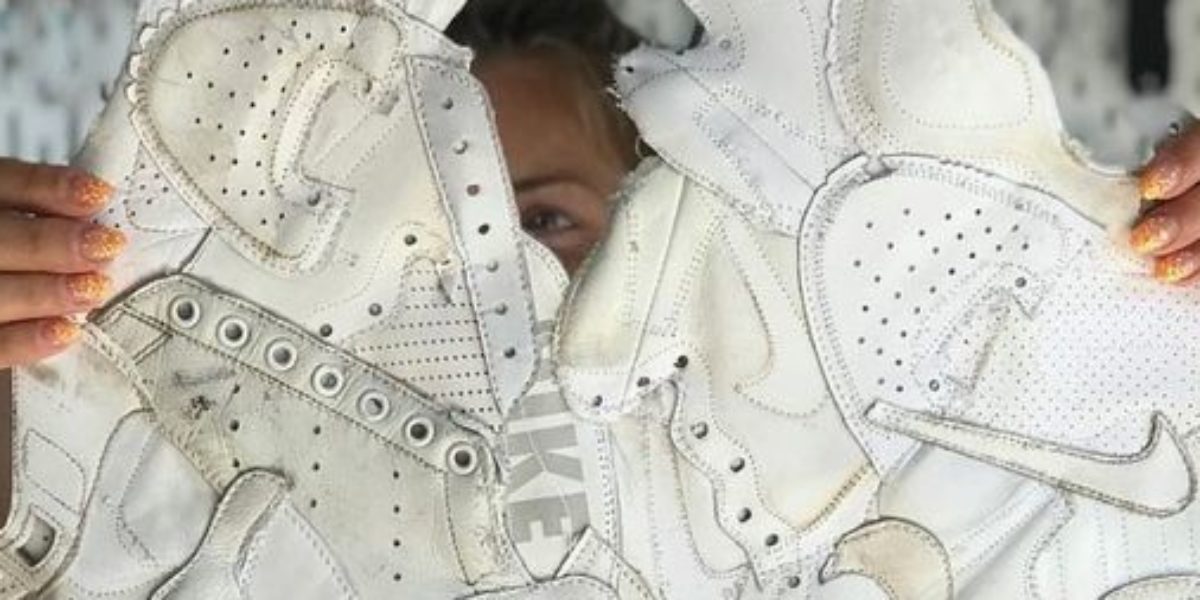Talita Kalloe is a freelance journalist and founder of Soul Stores, an online magazine about extraordinary stores and brands with a focus on craftsmanship, the maker behind the product, sustainable production and a conscious way of living. For the Third Floor, she dove into sneakers made from vegan materials.
Shoes made from sustainable materials such as apple leather, mushroom leather and recycled rubber are increasingly seen as an alternative to animal leather. Where one is still in its infancy, the other is already on the store shelves. What is the potential and what are the challenges?
Fashion is in the top 5 most polluting industries. As raw materials continue to be depleted and awareness around sustainable consumption and production continues to grow, we are challenged to think about more sustainable materials. This is already being experimented with in fashion as well. Think of apple leather – made from leftovers from the apple industry. Or mycelium – made from the root system of fungi. Some are still in their infancy, others have become indispensable on store shelves.
But sustainable choices always involve difficult trade-offs. While plant-based leather may be the most environmentally friendly option as an alternative to animal leather, for example, you can’t always avoid still using synthetic materials, such as plastic. Also, in fashion, aesthetics remain an important factor and with it the trade-off: how does design relate to sustainability? In this article, I’ll take you through the possibilities of alternatives to animal leather and what trade-offs are involved.
Apple leather: waste from the apple industry
At least half of apple leather consists of remnants from the apple industry. Think of the cores and skins – these contain the strongest fibers to work with. To finally arrive at the material apple leather undergoes several processes. The fruit scraps are mixed, boiled, dried and baked into flexible leather rags. When the substance is still a malleable jumble, components are added to make the product firmer. What many people don’t know is that this addition is PolyUrethane-based and therefore synthetic. But it’s precisely thanks to additives such as these that apple leather can match the quality of leather.
Text continues below photo.
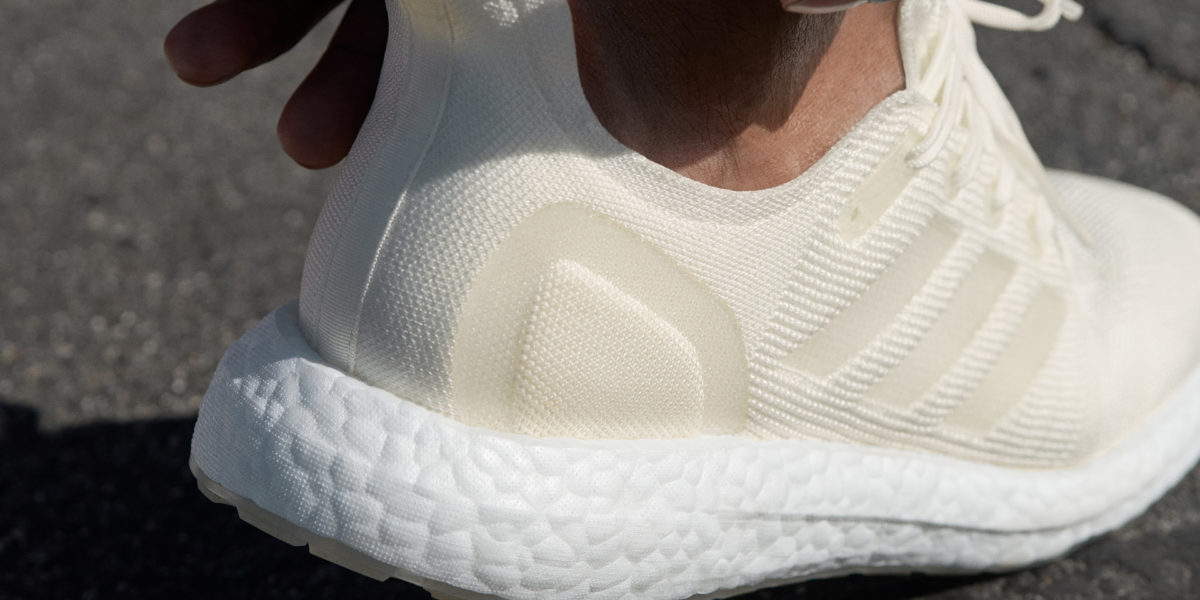
Plastic is therefore not immediately bad. It also has good properties if you use it for the right purposes. The Made to Re-made sneaker by adidas launched in May 2022 is a great example. The circular sneaker is made entirely of TPU (a combination of hard plastic and soft silicone). The shoe is designed so that glue can be completely omitted from the manufacturing process. Through the Futurecraft Loop innovation, the shoe can be broken down in its entirety into tiny particles, only to be remade from the same material. After wearing the sneaker it can be completely recycled back into a new sneaker.
Sneakers made of vegan leather
Back to the apple leather for a moment. Because the good news: we can already buy shoes made of this material in stores. Consider the sustainable sneaker brand Komrads from Belgium with the ambition to design zero waste sneakers. Komrads did long research to arrive at the best possible result, and with success: the material of their apple sneakers is almost indistinguishable from real leather. Moreover, Komrads does not use virgin (new) materials, opting instead for recycled or reused. For example, the sole consists of recycled rubber and the laces and inner fabric are made of recycled cotton. The brand continues to challenge itself to make the most sustainable sneaker possible. The prospects are promising.
Dutch fashion designer Joline Jolink also dived deep into sustainable materials for her research. Based on her intrinsic motivation to do business as sustainably as possible, in addition to her timeless, sustainable fashion collection, she launched her very first vegan sneaker made from sustainable materials in 2019. The debut model was made of a combination of synthetic leather with components made of recycled plastic for the heel piece, suede made of brushed organic cotton, laces made of organic cotton and a footbed made of recycled cork. The sneaker sold out within hours. But despite the great success, she already knew: this could be more sustainable. Ideally, she wanted to design a sneaker in which she could also completely omit the plastic.
Text continues below photo.

Future, Forward, Reward
The sneaker was the kick-off of her journey in making her shoe collection ever more sustainable. Now – three years later – her sneaker collection consists of three models: the Future, Forward and Reward sneaker. The Future and Reward sneaker are made from materials extracted from recycling or waste streams. The Future sneaker exists as an optimized version of the very first sneaker, in which recycled plastic and synthetic leather have been replaced with apple leater. Reward consists of a combination of appelleer and a recycled rubber sole in which the colors of the different types of rubber are even still visible.
Natural rubber
The Forward sneaker goes one step further, and is 100% made of natural materials. The sneaker consists of canvas and – like the Reward sneaker – has a footbed made from plant residues. The sole consists of 100% natural rubber, derived from the milky substance from the rubber tree (Lactea Havea) from Asia. The substance is collected in a metal mold. In it, it is heated and then plunged into water where it can cool quietly and keep its shape. It is a purely natural process that requires no further chemical processing or handling. The eyelets through which the laces are threaded are free of metal or plastic. Joline Jolink: “I had them embroidered. This was a costly process, but for me this was a great example in which I did not have to make any concessions in sustainability or design.”
Recycled rubber
Rubber is a popular material in shoes because of its strong properties. But it also has a downside. You can see this in the automotive industry, for example. Worldwide, there are millions of discarded car tires every year, the majority of which end up in nature or on the pyre. In addition to releasing toxins when burned, loose car tires are a breeding ground for mosquitoes and therefore for diseases such as malaria and dengue. This was discovered by Kyle Parsons – founder of the sustainable brand Indosole – when he bought a pair of recycled flip-flops in Bali and looked into the problem of car tires. Indosole buys discarded car tires from local dealers and manufacturers: this is the raw material for the soles. Initially, only 60% of the car tire could be recycled. However, after eight years of testing, Indosole developed a process to pulverize the tires. In this process, the shreds are remelted and poured into molds. This allows the entire tire to be reused and allows Indosole to produce much larger quantities. From canvas, banana leaves and other natural materials, craftsmen in Indonesian workshops then weave, cut and batik the rest of the shoe. Indosole’s goal is to recycle 1 million tires into sustainable shoes. Yet there is also a challenge to the material of the slippers: it is quite stiff, so it is not the best fit for every foot.
The challenges
Even 100% natural rubber – as incorporated into Joline Jolink’s Forward sneaker – has a downside. As durable as the material is, its production is a very costly process. The milk flows slowly from the rubber tree and there are not enough rubber trees to meet a large demand. With that, it’s not scalable at this time and therefore costly. This is reflected in the price of the sneakers. The sustainable, and now widely known sneaker brand Veja has incorporated 20% to 40% natural rubber from the Amazon into their soles. The rest is reinforced with synthetic PolyUrethane. And even though Veja only works equitably with local communities in the Amazon, critics say tapping into natural resources from the Amazon remains controversial. In that, you can see the importance of making trade-offs based on scalability, design and sustainability. There is something to be said for both solutions. But in essence, the message is: nature will not always allow itself to be forced into the pace of our consumption behavior. And that may be just as well. Or, as Joline Jolink herself puts it, “I adapt to the pace of the organism, not the other way around.”
Text continues below photo.

Mycelium
With that mindset, the Dutch fashion designer is also keeping a close eye on the promising organic material Mycelium. Mycelium is the root network of fungi and is the raw material for mushroom leather. The material is now enjoying increasing fame and experimentation. High-end designer Stella Mcartney invested in the company Bolt Threads, which extracts “Mylo” – mushroom leather – from mycelium. Mycelium grows on sawdust into something useful in as little as two weeks, and is very CO2-friendly. The potential of the material: you can also grow it directly into a proper shape in a mold, so also into a sneaker. Moreover, it is completely biodegradable. “For me, Mycelium would be a very logical new step in the development of my sneaker collection,” says Joline Jolink. “If I have been able to design a shoe with the least possible environmental impact, which I can also give back to the earth, without having to make concessions to my design signature, then my mission is accomplished.”
So you see: sustainability is a complex process in which trade-offs are continually at play. At the intersection of sustainability and design, concessions are sometimes necessary. But the designs and the sustainable ambitions that are already there promise a good future.



